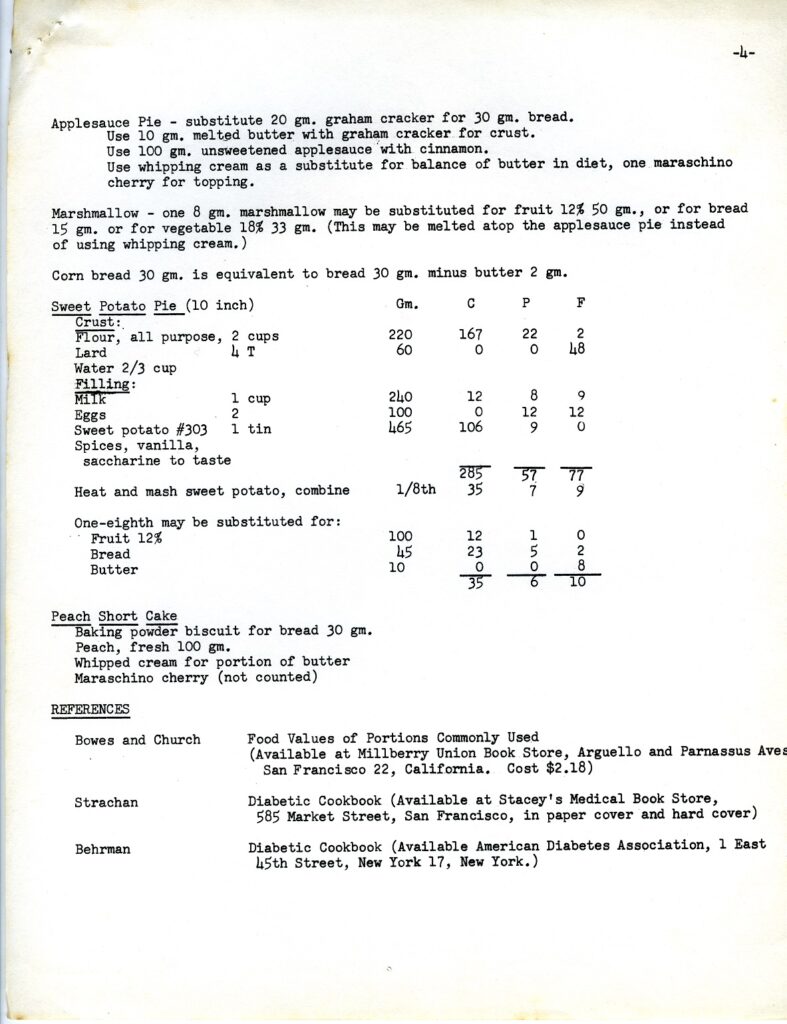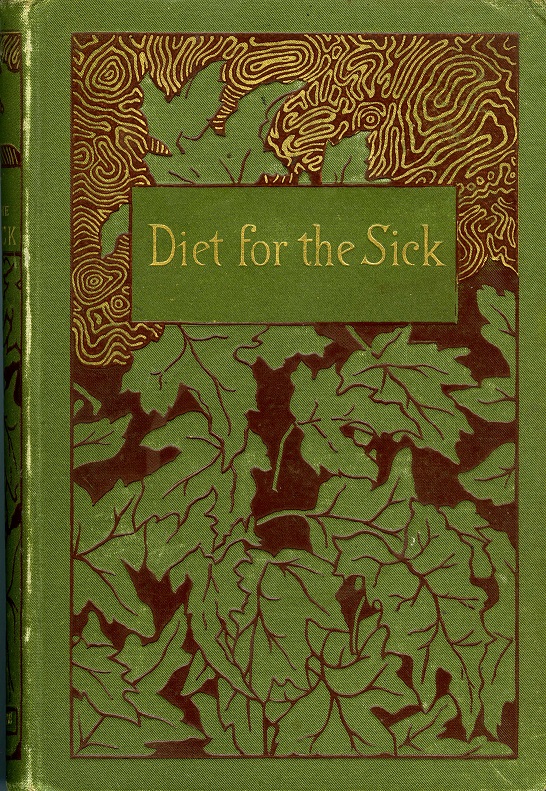Post by David Uhlich
‘Tis the season for reminders about the proper handling of Thanksgiving leftovers, cautions regarding the dangers of overindulgence, and USDA recommendations that you cook your turkey breast until it is roughly the texture of sawdust. A recent foray into the rare book vault indicates that almost 200 years ago a German chemist named Fredrick Accum was doling out similar fare.
In his book, titled simply Culinary Poisons (or more lengthily A Treatise on Adulterations of Food, and Culinary Poisons, Exhibiting the Fraudulent Sophistications of Bread, Beer, Wine, Spiritous Liquors, Tea, Coffee, Cream, Confectionary, Vinegar, Mustard, Pepper, Cheese, Olive Oil, Pickles, and Other Articles Employed in Domestic Economy, and Methods of Detecting Them), Accum warns about the dangers of food additives and contamination, both for fraudulent purposes and as a byproduct of newly industrialized food production. For example, in his chapter “Disgusting Practice of Rendering Butchers’ Meat, Fish, and Poultry Unwholesome,” Accum rails against butchers who tamper with meat to make it appear fresher and those who mistreat animals that are meant for the table. While definitely a man of many words, Accum echoes current desires for natural, organic, cruelty-free foods. He would almost certainly approve of spending the extra money for that free-range heritage turkey.
Accum’s motto for the book is “there is death in the pot” (from 2 Kings 4:40), but he seems just as concerned with those that might tamper with the bottle. In the 344 page text, there are 30 pages dedicated to wine, 25 pages to spirits, and over 60 pages regarding the adulteration of beer. In fact, one of the numerous other books he wrote was A Treatise on the Art of Making Wine from Native Fruits; Elucidating the Chemical Principles upon Which the Art of Winemaking depends, the Fruits Best Adapted for Home-Made Wine, and the Methods of Preparing Them. Sounds like the kind of person we’d all like to have at our holiday parties this year!







